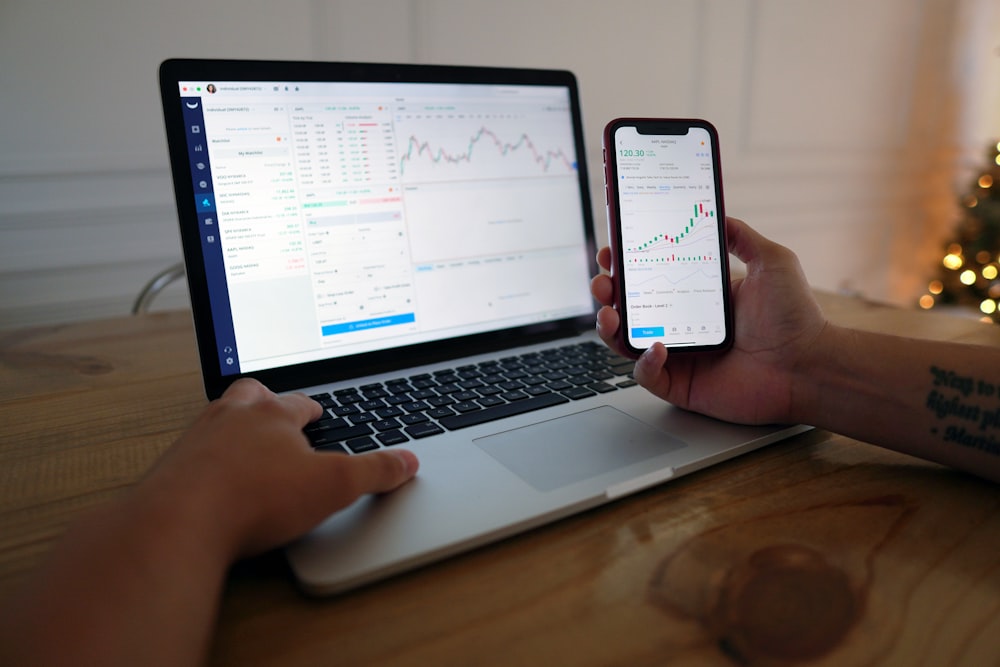What Is a Good Dividend Yield?
Dividends are to shares what interest is to bank deposits. Foundations and businesses rely on their annual dividends and they are also important for many small investors. Companies that have managed to pay regular dividends to their shareholders over decades are proud of this and advertise it.
What exactly the dividend yield is and what are the best shares to buy now in South Africa that actually have dividend payout? Answers to these questions and more you will find this article.
What Is a Dividend Yield?
Anyone who invests their money in shares can initially benefit from a rising stock market price. In addition, as the owner of company shares, they usually receive a share in the profits of a company. This share of profits is called a dividend. The size of the payout depends both on the respective profit of the stock corporation and on its dividend policy.
The dividend yield is the ratio between the dividend paid and the current market price of a share. It is expressed as a percentage and provides a shareholder with information on how shares are earning interest. Investors can use this dividend yield to determine the profit they can generate from their investment.
In addition, the dividend yield can help investors select stocks. For example, a good dividend yield in combination with a solid company is considered an indication of a worthwhile investment. So, the dividend yield is an important indicator for evaluating stocks.
Factors to Consider When Evaluating Dividend Yield
There are many things to consider if your main goal is to choose the stocks with the highest dividend yield. Let’s look at the 3 factors that directly influence how much profit you are going to get from your investments.
Company’s financial health
One of the main risks of investing in dividend stocks is that the company may not be able to deliver on previous payout promises to investors. For example, there may be an unexpected increase in capital expenditures or earnings that are significantly below expectations. In this case, it is not possible to pay out the amount that shareholders had hoped for.
There are companies whose financial results can fluctuate unpredictably, so it becomes very difficult to predict future dividends. For example, the dividend yields of oil companies are highly dependent on the price of oil, which is revalued at the current exchange rate. For this reason, these companies shares are not always attractive, and a drop in price can reduce profits and thus dividends.
The price-cash flow ratio provides information on the financial health as well as the solvency of a company. However, broader aspects are particularly important when considering it. Cash flows can be interpreted in different ways (for example, gross cash flow and free cash flow). Thus, care should be taken to ensure that the same cash flow term has been used for the companies being compared.
In addition, the price-cash flow ratio should be considered over a period of several years, as it is subject to relatively strong fluctuations. Because of the strong changes in cash flow in investment cycles, current assets are subject to much greater fluctuations than profit.
Industry trends
The company you invest in should be a growing one, meaning its core business should not be declining or stagnant. The company should be growing annually in terms of revenue and profit, or at least showing a growth trend. In addition to financial growth, the company’s operational performance should also increase.
It is often difficult to find a company in the market that shows consistent growth in all areas. So the challenge is often to find a company that looks strong right now and has good growth prospects for the future. To do this effectively, you need to have your hand on a pulse of that particular industry. You don’t have to be the all-knowing investor but having a general idea of what’s going on in the industry is very useful.
Dividend payout ratio
The dividend payout ratio indicates the proportion of dividends paid to shareholders relative to net income generated. This important valuation ratio can be used to assess whether the dividend paid out is in good, economic proportion to the company’s profit.
A payout ratio that exceeds 100% is not good for any company. In this case, the company pays out more dividends than it receives profits. As a result, equity decreases and no assets are available for investment. So, a good dividend payout ratio is usually between 30% to 50%.
What Is Considered a Good Dividend Yield?
There is no correct answer to this question because there is no uniform value above which one can speak of a good dividend yield. This is due to the fact that dividend yield depends on several factors, in particular:
- Industry of the company;
- Individual company;
- Share price;
- Development of the overall market.
So if you as an investor want to judge how good a dividend yield is, you always have to make a comparison to other stocks. If we look at the stock market right now, for example, the top performers can boast dividend yields of over six percent in some cases. On the other hand, there are also shares in companies that – at least at times – have dividend yields in the lower double-digit percentage range.
Which Companies Issue Dividends?
There are a lot of companies that issue dividends and there is no point listing all of them here. What you should know is that not all companies are equal when it comes to dividends. If you want to build a portfolio, you should, first of all, take a look at international stocks, otherwise, you run the risk of overweighting individual countries.
One of the most reliable dividend stocks in the world is Canada’s Bank of Nova Scotia, which has paid a dividend for 189 years. Most recently, shareholders achieved a dividend yield of 5.11 percent. Shareholders at technology giant IBM also recently posted a dividend yield of just under 5 percent.
In the past, European companies have been particularly attractive by international standards for investors looking for shares with high dividends. In addition to Eon and BASF, the companies with the highest dividend yields include Allianz as well as Bayer, and Munich Re, each with around four percent.
Final Thoughts
The dividend yield should not be the only key factor in the context of a stock analysis. It does have a certain informative value, but only with regard to the past and the present. The dividend yield does not provide any information on how future returns will turn out, so don’t concentrate on it too much when deciding what stocks to buy.



